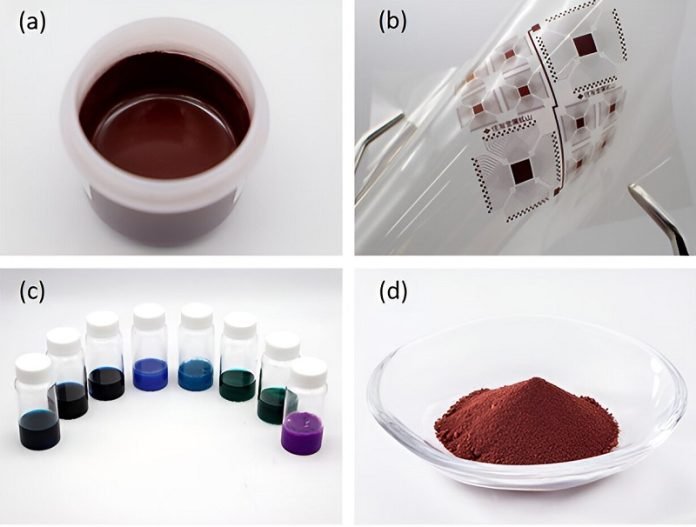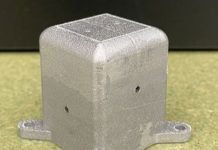
A team of scientists and companies in Japan has made a big leap in the way electronics are created with the development of a new kind of ink.
This isn’t just any ink; it’s a thick, electrically conductive ink that can be used to print electronic circuits and sensors right onto flexible films and other materials.
This breakthrough comes from a collaboration between the National Institute for Materials Science (NIMS), Sumitomo Metal Mining Co., Ltd., N.E. CHEMCAT CORPORATION, and Priways Co., Ltd., a startup born from NIMS itself.
Traditionally, making electronic circuits involved putting down a layer of metal on a surface and then removing the parts you didn’t need, a bit like carving a sculpture from a block of marble.
This new ink changes the game by allowing circuits to be printed directly onto surfaces, much like how a regular printer puts ink on paper.
This method is not only better for the environment because it uses less metal, but it’s also cheaper and works on flexible materials, opening up all kinds of possibilities for new gadgets and devices.
The secret sauce in this ink is a combination of metal complex inks (think of these as a metal ion surrounded by a cloud of molecules) developed by NIMS and Priways, and a special copper powder made by Sumitomo Metal Mining.
When mixed together, this ink can be printed and then heated to about 200°C, which is cooler than traditional methods, to create sturdy circuits on surfaces like heat-resistant plastic films.
Published in the journal Applied Surface Science, the findings show that this new ink isn’t just cheaper and more resistant to air damage than older conductive inks, but it can also be laid down much thicker.
This thickness is a game-changer because it means the printed circuits can handle more electricity, making them perfect for bigger, power-hungry devices.
Right now, the team is working on scaling up the production of this ink, drawing on N.E. CHEMCAT’s expertise in making metal complexes. They’re not stopping there, though. They’re also looking to make the ink even better and finding more ways to use it.
This development could mean big things for how electronics are made in the future. From flexible screens you can roll up and put in your pocket to cheaper and more efficient solar panels, the possibilities are as limitless as the imagination of the people using the ink.
Source: KSR.



